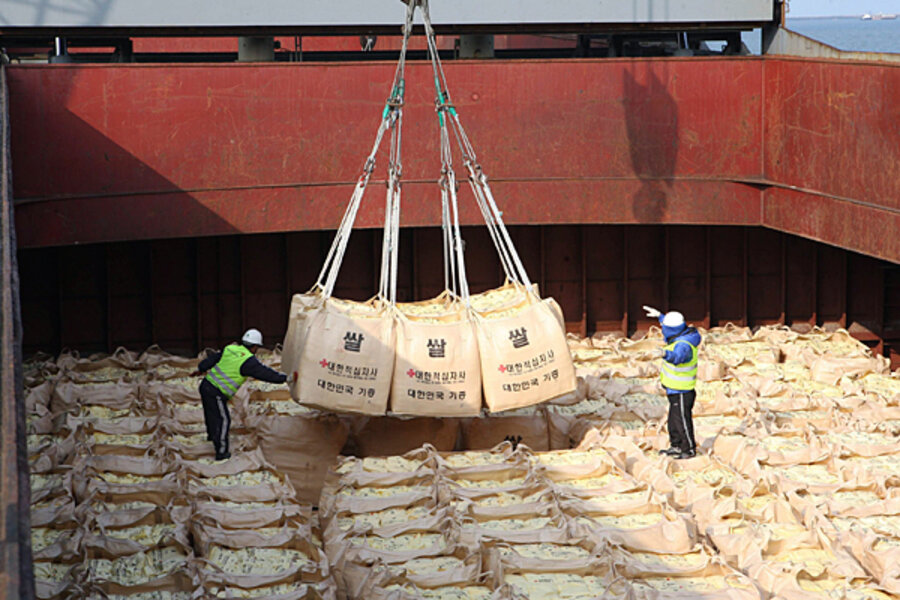Long-term economic devastation and dire weather led to nearly a decade of famine in the 1990s. Almost 2 million peopled died of starvation in North Korea, according to estimates by international aid workers. Floods in 1995 and 1996 destroyed over 15 percent of the country’s arable land, followed by severe droughts in 1997 and 2000 along the country’s fertile west coast further crippling the country’s agricultural production.
One in three children in North Korea are severely malnourished or “stunted,” according to the World Food Program (WFP). A harsh winter and further tightening of commercial imports and international assistance in 2011 raised new concerns for food security. Seventy percent of people receiving food rations from the North Korean government meet less than half the daily amount of calories recommended, according to WFP, and most people cannot afford to buy more.







